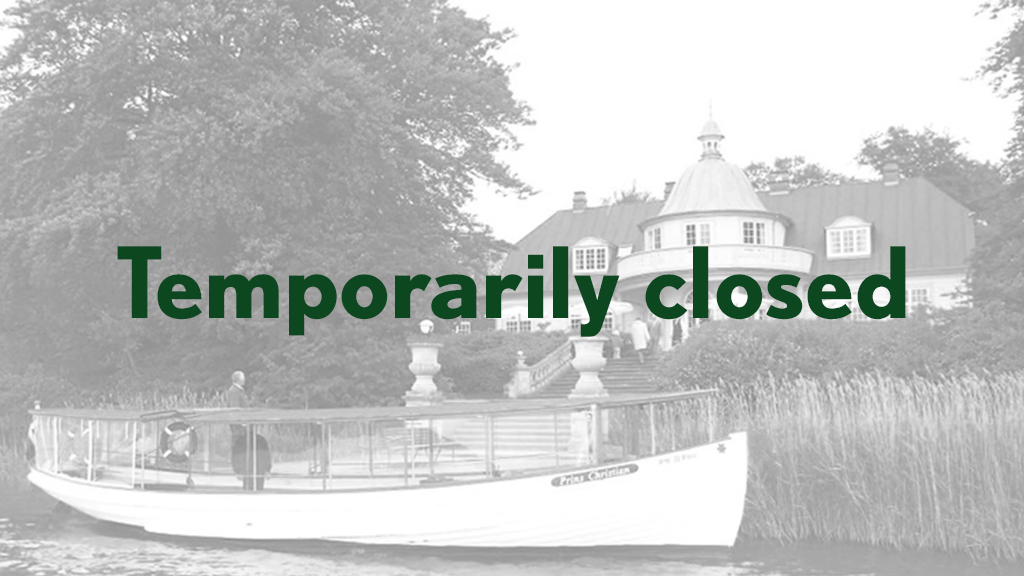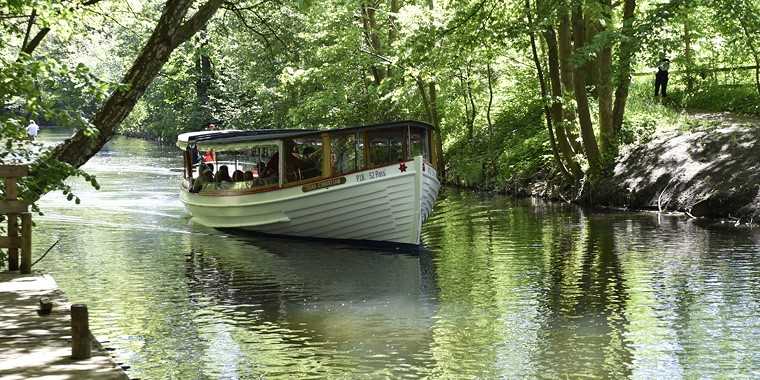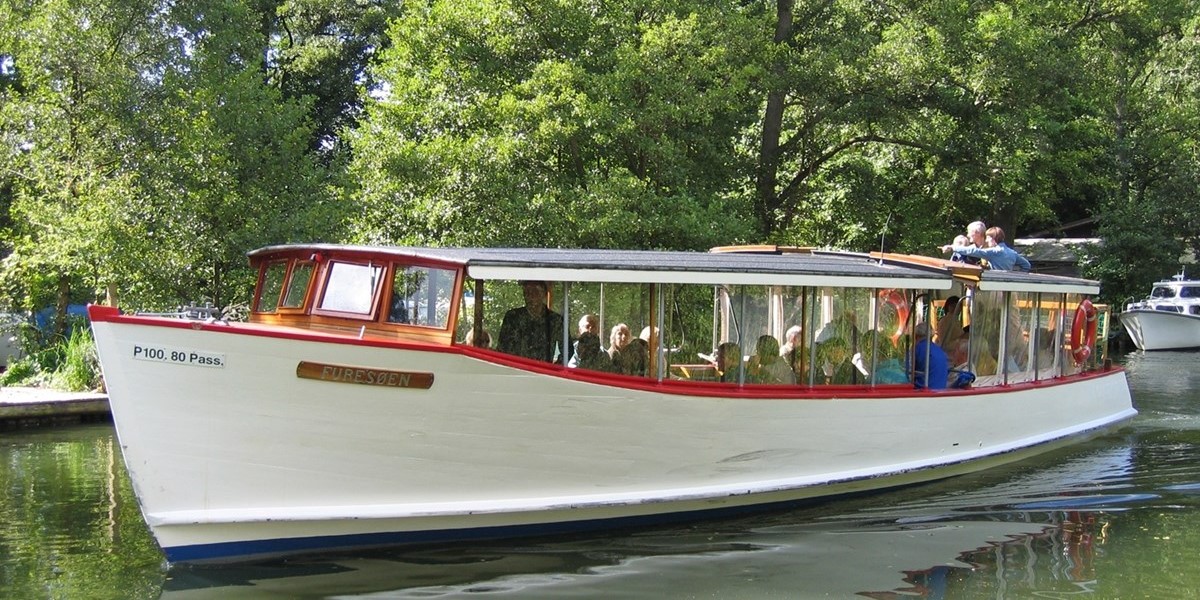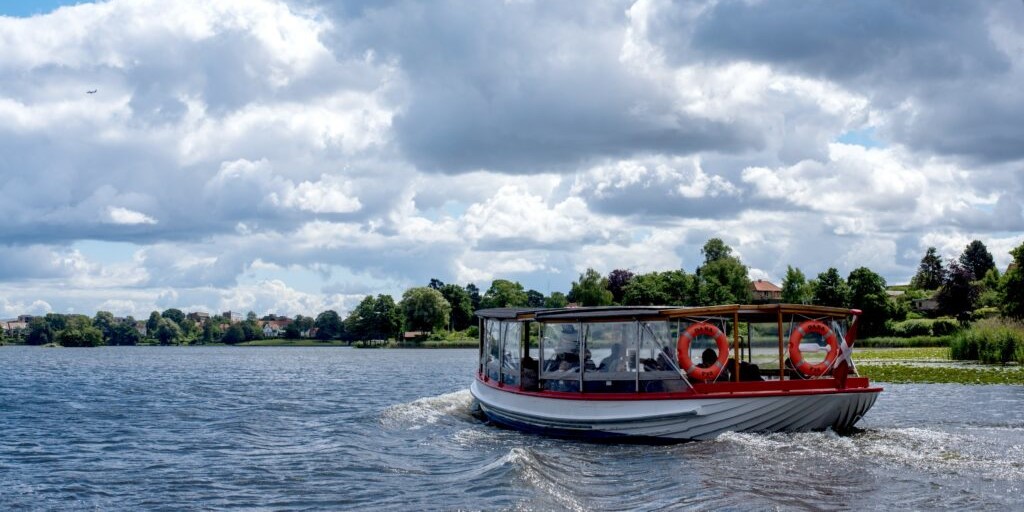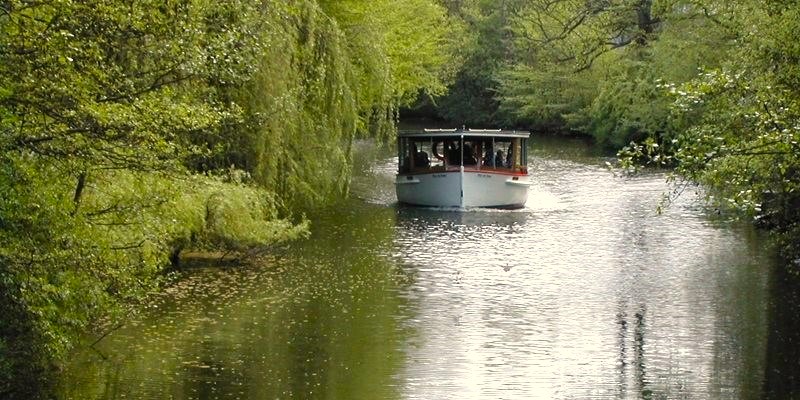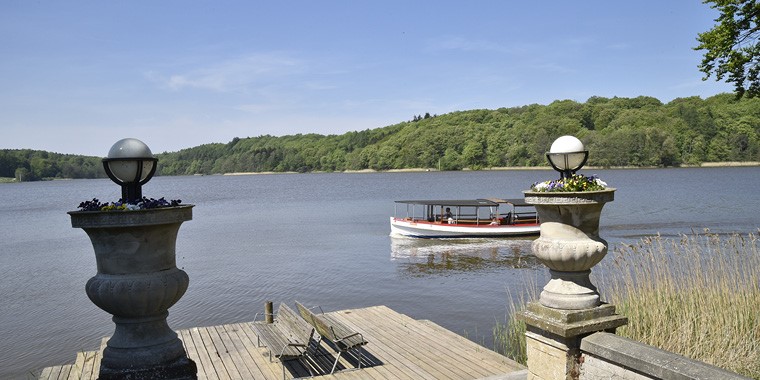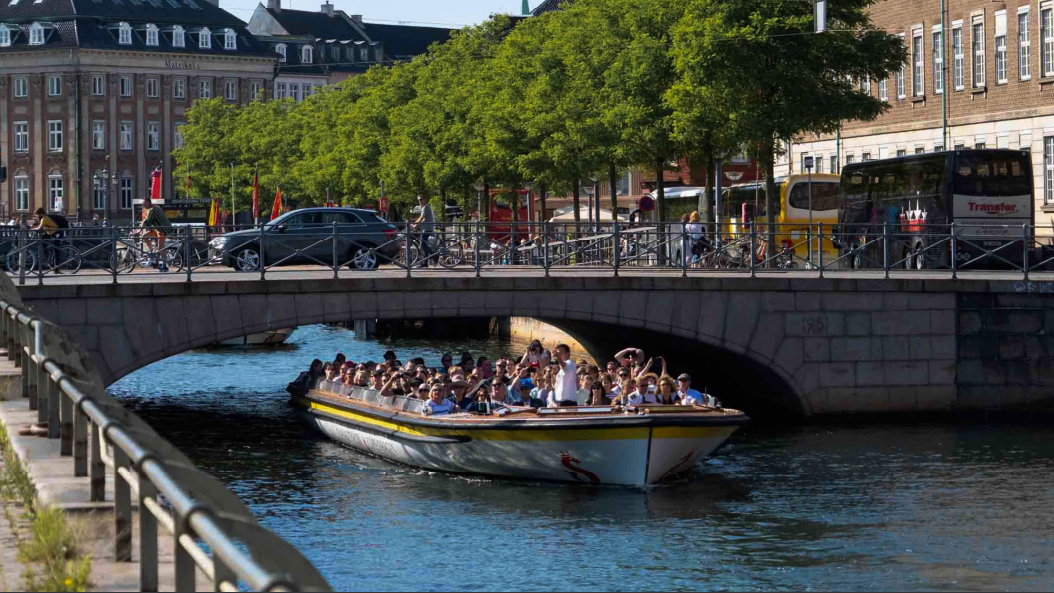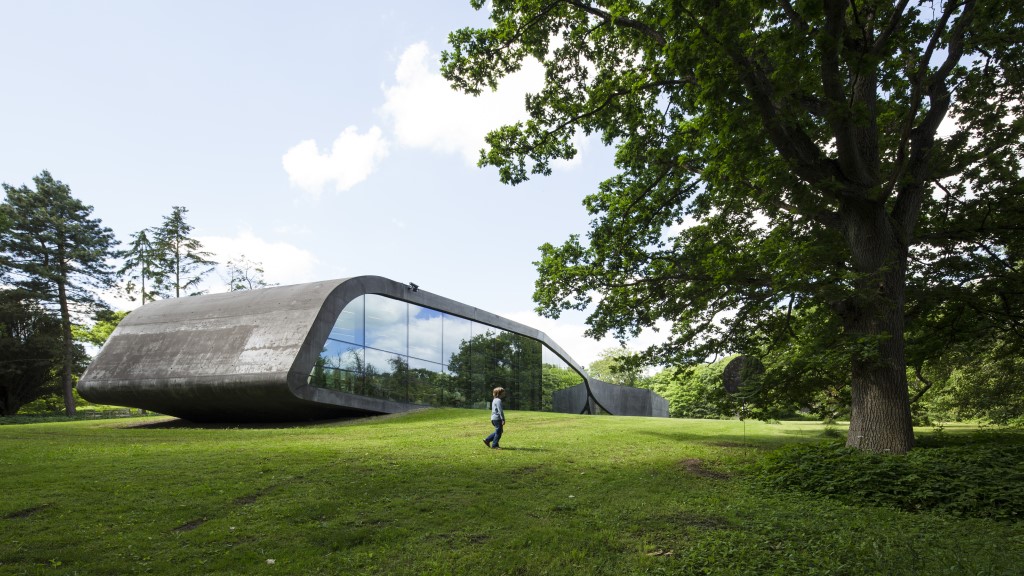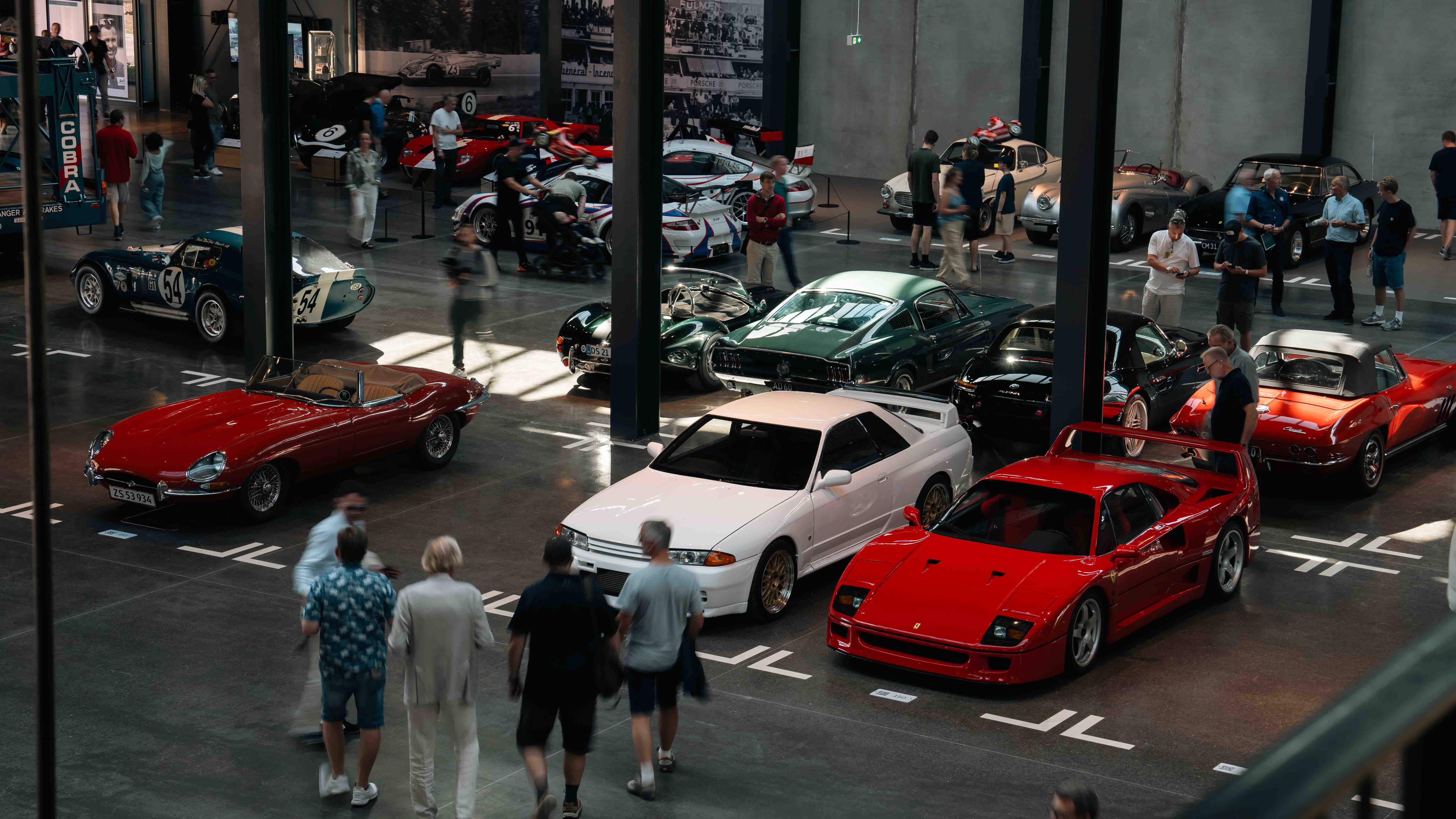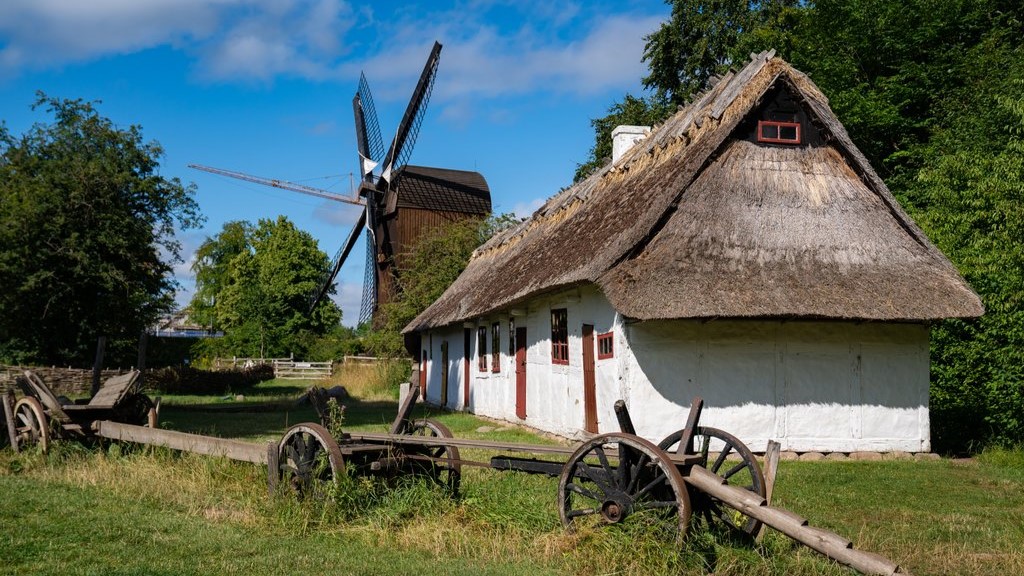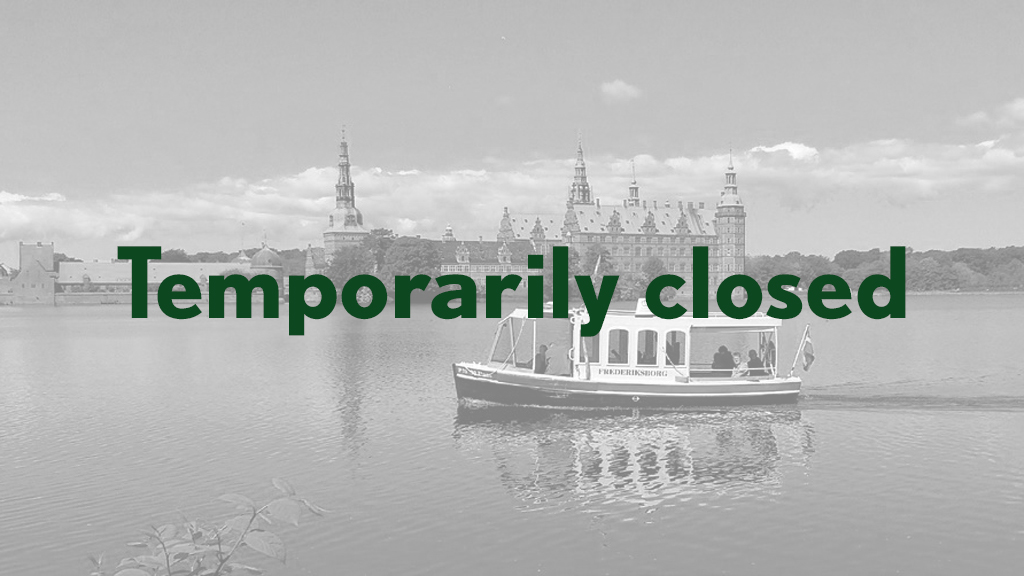The Open Air Museum (Frilandsmuseet) is one of the oldest and largest open-air museums in the world.
Here you can experience farms, cottages, and mills from Denmark, Sweden, and the Faroe Islands. Each building has been carefully dismantled, moved and reassembled in beautiful natural surroundings. Spread across 86 acres of land, the Open Air museum houses more than 50 farms, mills, and rural buildings from the period 1650-1940, and gives you a chance to step back into old Denmark, as it was in the past.
At the Open-Air Museum, you can step back in time and walk through fully furnished homes, meet adorable farm animals and talk to the museum peasants about life in the olden days. The museum provides a fully interactive experience. Meet the volunteers who operate the old wooden windmill, gather at the village pond where, in a small Funen house, women bake bread and arrange wool, or find out all about the manor’s beekeeping traditions from the beekeeper’s guild. There's plenty to get involved with as you discover the past come to life.
Country life as it wasThe buildings were re-erected with gardens and surrounding landscape to give visitors an impression of the history and environments of the country life as it was. Historic houses, open-air theatre, livestock and a petting zoo, old-fashioned food and grocery sales from the cooperative market in the railway town all stand ready to be explored. The buildings have been restored exactly as they appeared when farmers, craftsmen and the distinguished people of the estate inhabited the buildings.
Virtually every region in Denmark and the Faroe Islands, as well as the former Danish provinces of southern Sweden and northern Germany, is represented at the Open Air Museum so you can travel the length and breadth of Denmark in a single afternoon - just an easy train ride from Copenhagen city center. The museum also boasts 25 historic gardens with flowers, fruit trees and utility plants showing different practices throughout time, as well as three beautiful old windmills and several watermills.Activities Throughout the year the Open Air Museum is full of fun and hands-on activities for the entire family. During the opening season the museum puts on activities that include everything from the fictional character Freddy Frogface's Festival to cozy garden days. The museum also puts on seasonal events and drama productions, and has an intriguing murder mystery from 1865 that you, as a visitor, are asked to solve.
Changes in programming and visitor guidelines may occur. Please check their website to see the opening hours and programming.
Transport
Take the S-train line E to Sorgenfri and a 10 minute walk to the museum. Bus 184 and 194 stops at the main entrance, Kongevejen 100. The Jægersborg-Nærum train stops in Brede near The Open Air Museums north entrance.
